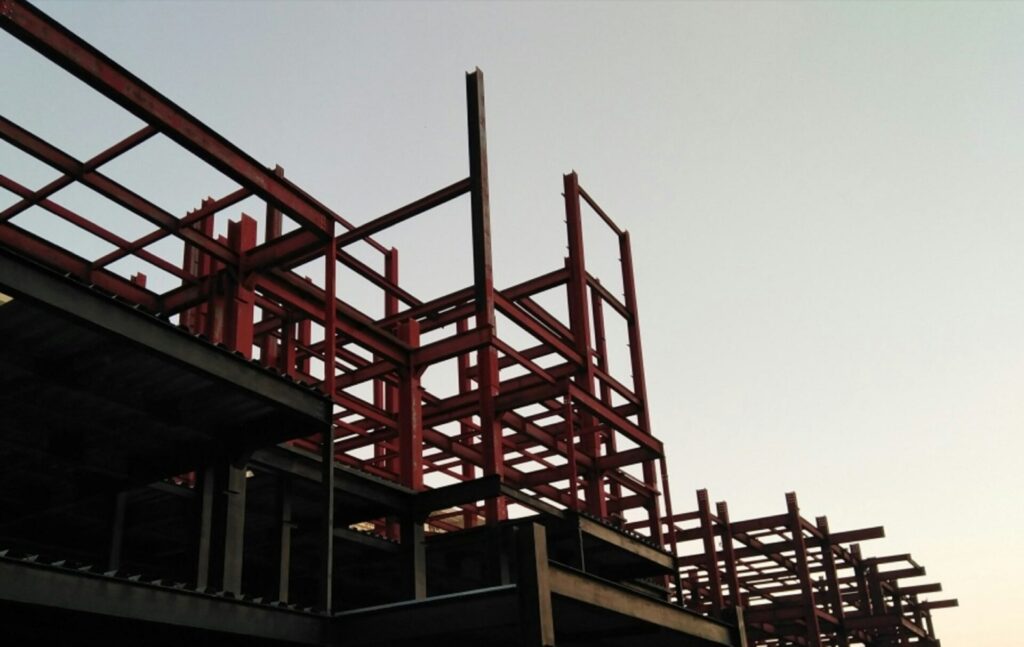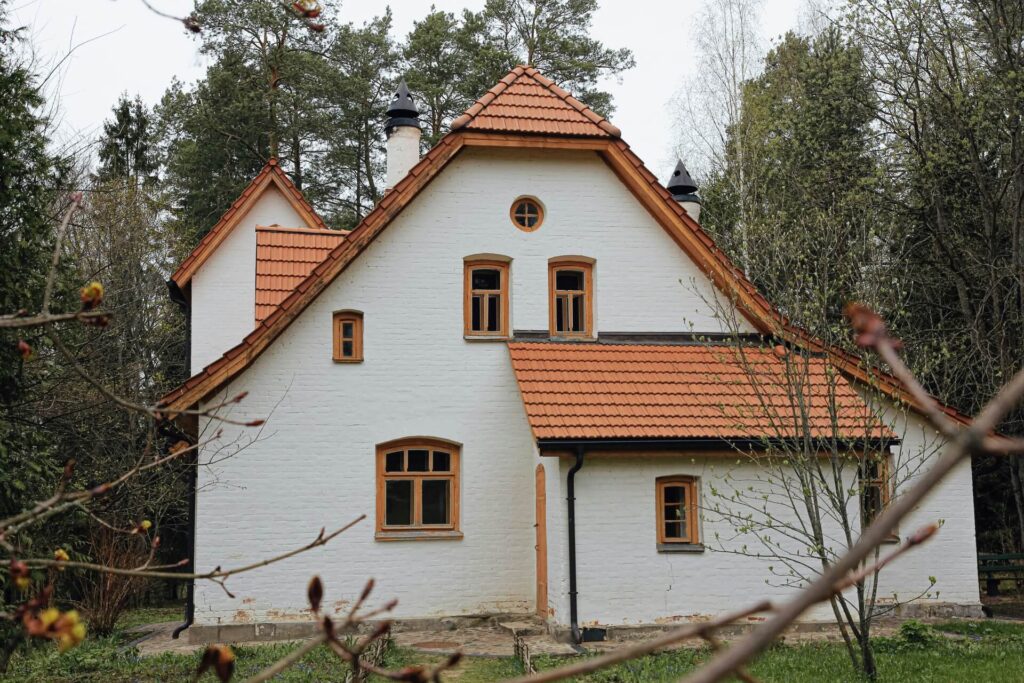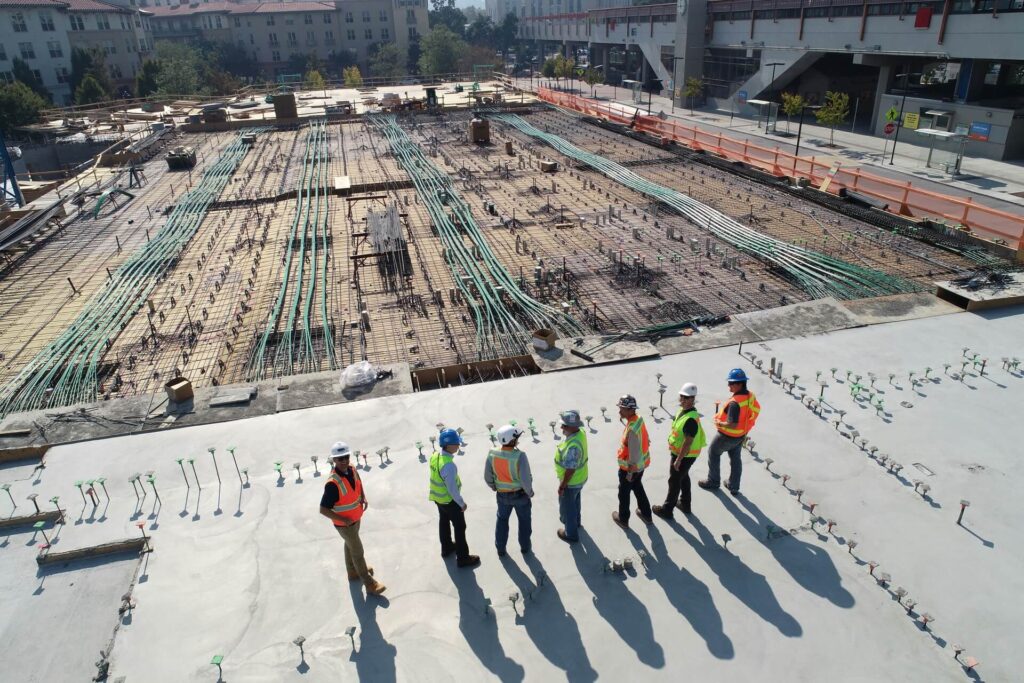We are reader-supported. When you buy through links on our site, we may earn an affiliate commission.
For a smart city to be considered “smart,” it must meet certain modern criteria. When a location uses new technology and intelligent solutions to create helpful infrastructure and engage citizens, it hooks into the internet of things (IoT) and becomes a smart city. Smart cities in the U.S. have a system of sensors reporting back to utilities and networking data for citizens and city planners.
World population experts see an uptick in people moving to urban centers. The WHO predicts 70% of the world’s population will live in cities by 2050. More people means more demand for streamlined services. People want better, faster internet connectivity as smartphones complete more tasks throughout the day.
What should a smart city have? Some of the concepts for smart cities in the U.S. include education, healthcare, buildings, transportation, infrastructure, energy and help for citizens. The best options have five or more out of the different areas covered.
Top 5 Smart Cities in the U.S.:

5. Pittsburg, Pennsylvania
Pittsburg teamed up with IBM Smarter Cities and are working to improve their infrastructure. They have plans to improve their transportation options and create a bike and pedestrian-friendly atmosphere.
They also want to add solar and geothermal energy for a green power source for the city. The plans include LED streetlights and charging stations for electric vehicles. They also focus on improving the connectivity for the IOT in their town.
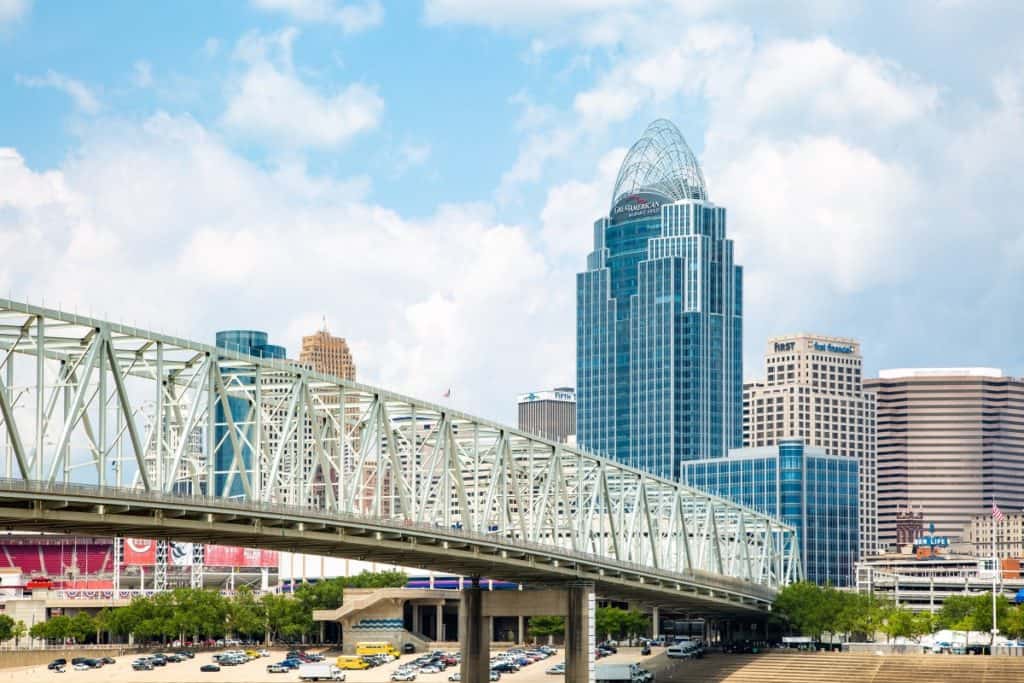
4. Columbus, Ohio
Columbus won the U.S. Department of Transportation Smart City Challenge for 2016. Leaders launched Smart Columbus, which has four technologies in place.
Their efforts include sensors for transportation networks to help improve travel around the city, integrated data exchange, tracking and improving human services through sensors and the IOT and a smart grid system spotlighting electric vehicles.
There are more charging stations for electric cars. One city initiative includes a program called Prenatal Trip Assistance. The idea is to offer transportation to expecting mothers on Medicaid to help them get better prenatal healthcare.

3. Louisville, Kentucky
Louisville has a plan in place to create a smart city over the next 20 years. Some of their projects include fiber optic cable to homes in every neighborhood. They’ve concentrated on including previously underserved poor communities.
They plan to install sensors to track everything from noise pollution to smells from the sewer. They plan to build the infrastructure to support autonomous vehicles of the future. Their Imagine Louisville plan looks at emerging technology but allows room for advances not yet seen.
One unique thing Louisville is attentive to building bridges between smart homes and smart cities, connecting citizens to the IoT to impact everything from health to government services and access to transportation.

2. San Francisco, California
San Francisco often makes the top 10 list of American smart cities. Their smart city challenge focuses mainly on transportation and infrastructure endeavors. Many changes focus on optimizing for the coming autonomous vehicle. Ultimately, their goal is to shape change that benefits their citizens.
The city uses technology to build more energy-efficient buildings, improve waste management and offer an electronic toll system. They’ve added dedicated bike lanes and drop off locations for carpoolers.
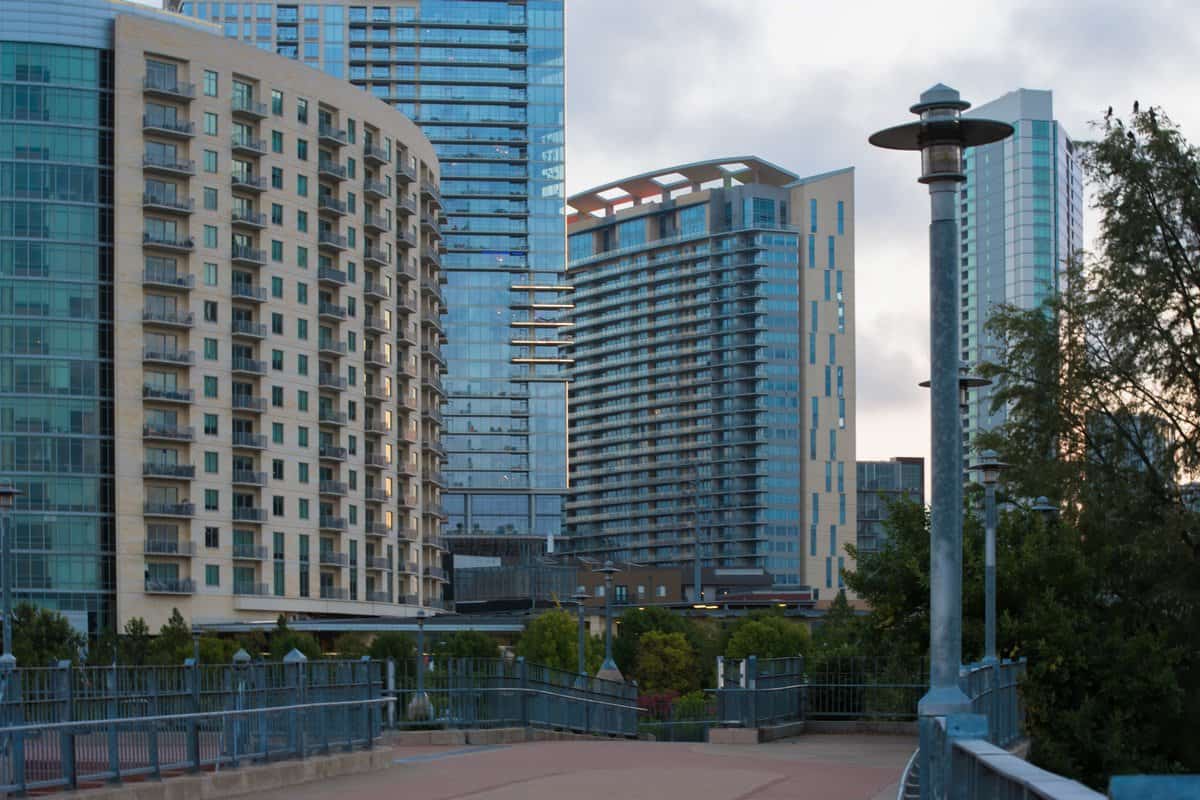
1. Austin, Texas
Austin’s Smart City Alliance teams up with organizations, companies and citizens to create opportunities for advancing the town as a smart city. They look at the different digital technologies, analytics, data collecting and modeling available for smart cities in the U.S. and choose the ones most likely to benefit Austinites.
Austin features a smart grid infrastructure for both current and future vehicle technology. They’ve set a goal of zero greenhouse gas emissions by 2050 by using solar and wind power. As with many other smart cities, their effort is on transportation, but they also offer high IOT connectivity for citizens.
Smart Cities Don’t Have to Be Mega Cities
There are many smaller citizens in the United States embracing changes in technology and preparing for future innovations. Even though the larger cities often get the most attention due to innovations and the number of people impacted, even the suburbs are seeing more electric vehicle charging stations and better broadband options.
Imagine a future where every household and business connects in some way for better, faster and more intuitive services.


